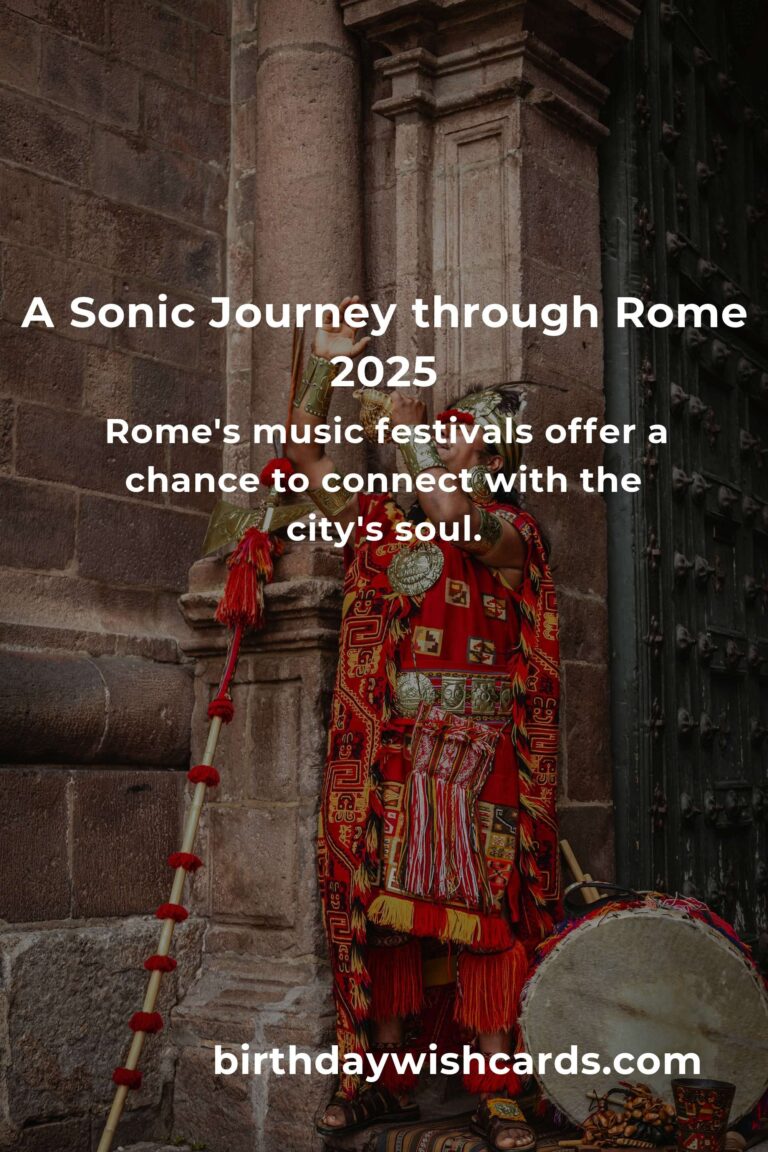The Vibrant and Joyous Hosay Festival Celebrated in November
As November marks the approach of year’s end, communities worldwide unite to celebrate the vibrant and joyous Hosay Festival. Steeped in history and rich with cultural meaning, Hosay holds a special place in the hearts of Muslims globally. From the lively streets of Trinidad & Tobago to the tranquil towns of India, the festival is observed with enthusiasm, devotion, and a profound sense of unity.
Origins and Historical Significance
The Hosay Festival traces its roots to the Caribbean island of Trinidad & Tobago. It commemorates the martyrdom of Hasan and Hussain, grandsons of the Prophet Muhammad, who were killed in the Battle of Karbala. Also known as Muharram, the festival is observed on the 10th day of the Islamic month of Muharram and holds particular importance for the Shia Muslim community.
Hosay’s origins are deeply intertwined with Islamic history, symbolizing sacrifice, resistance to oppression, and unwavering faith. The remembrance of Hasan and Hussain’s journey to Karbala forms the emotional and spiritual heart of the festival.
Colorful Traditions and Festivities
During the Hosay Festival, streets burst into color and celebration. Vibrant flags line the roads, and beautiful Hosay Tadjahs—ornate, miniature shrines adorned with flowers and shimmering lights—become the centerpiece of processions. Crafted with care, these Tadjahs honor the memory of the martyrs.
The atmosphere is electric as processions wind through towns and cities. The rhythmic beat of drums and collective chanting create an immersive, moving experience. These processions symbolically retrace the journey of Hasan and Hussain, echoing themes of sacrifice and remembrance.





